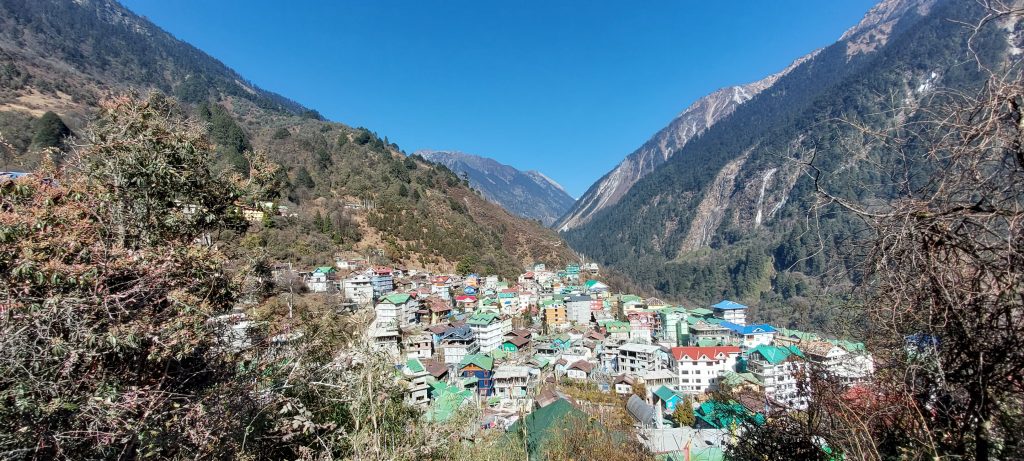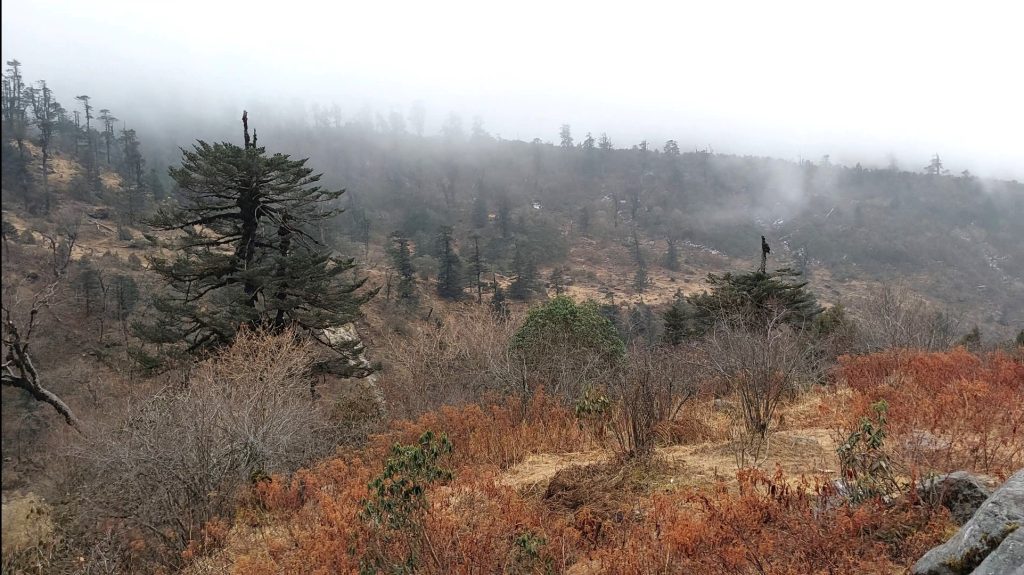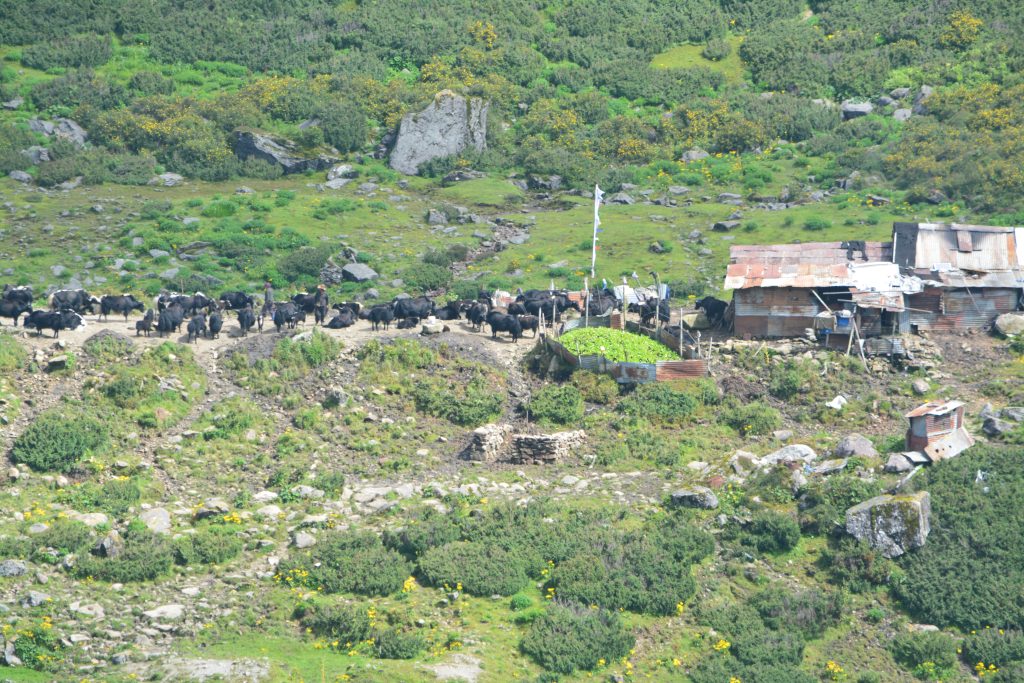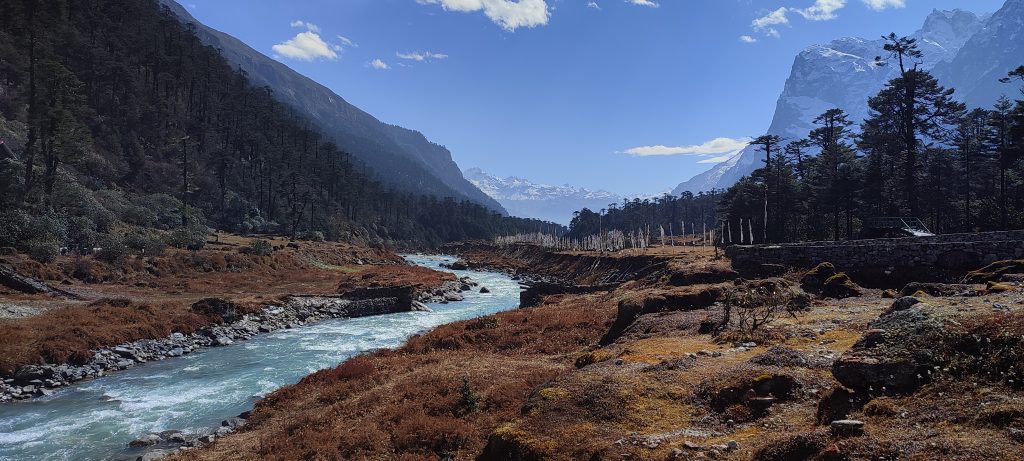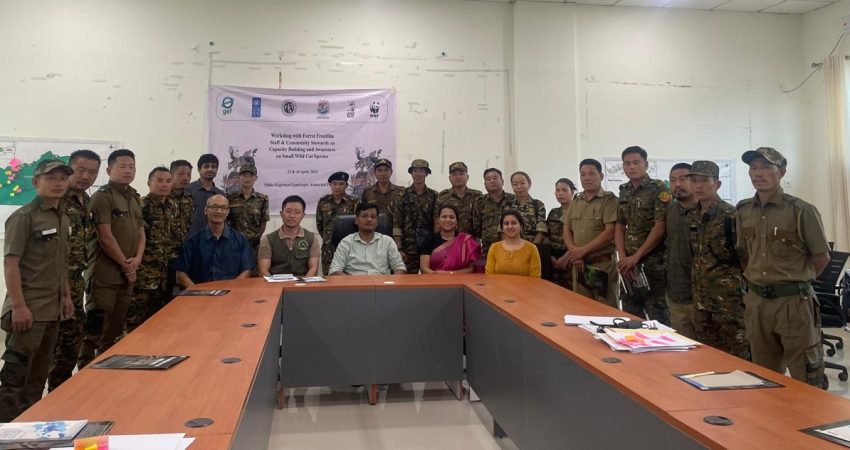
Capacity building workshop on small wild cats
Under the ongoing Small Wild Cats initiative, the second session of the capacity-building workshop was organized by the Global Tiger Forum in collaboration with WWF-India and the Arunachal Pradesh Forest Department at Bhalukpong, Arunachal Pradesh. Frontline forest staff from the Khellong Forest Division and Eaglenest Wildlife Sanctuary participated in the workshop on Small Wild Cat species identification and awareness in their landscapes.
The workshop aimed to enhance the capacity of forest guards and officers while gathering information on the presence of these species in the region.
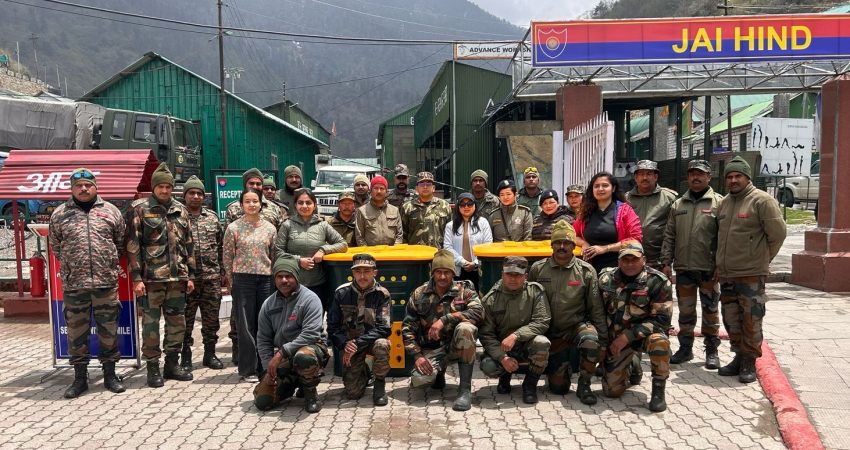
Waste Management initiative under the High Altitude Tiger conservation project
As part of the ongoing High Altitude Tiger (HAT) Conservation Project in Sikkim in collaboration with, a waste management interventions has been launched in collaboration with security agencies. This initiative includes training sessions for frontline staff and the installation of eco-friendly bins (ecobins) that convert food waste into organic manure. This effort aims to promote sustainability and reduce human impact on delicate high-altitude tiger habitats, contributing to a healthier environment for both wildlife and local communities.
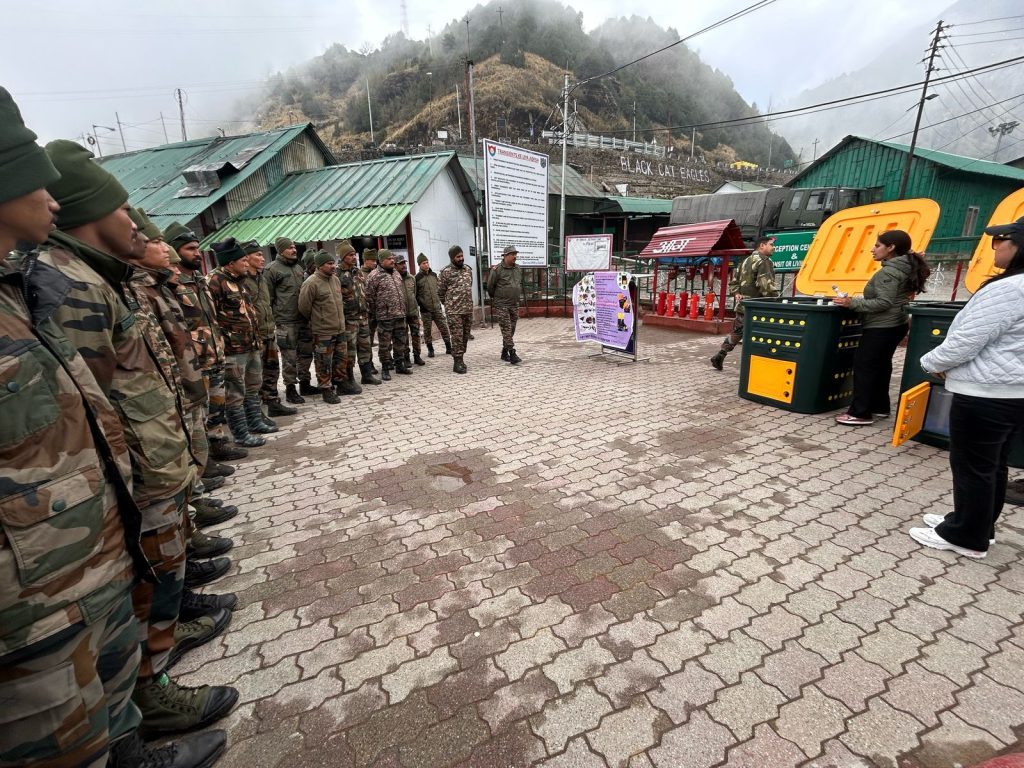
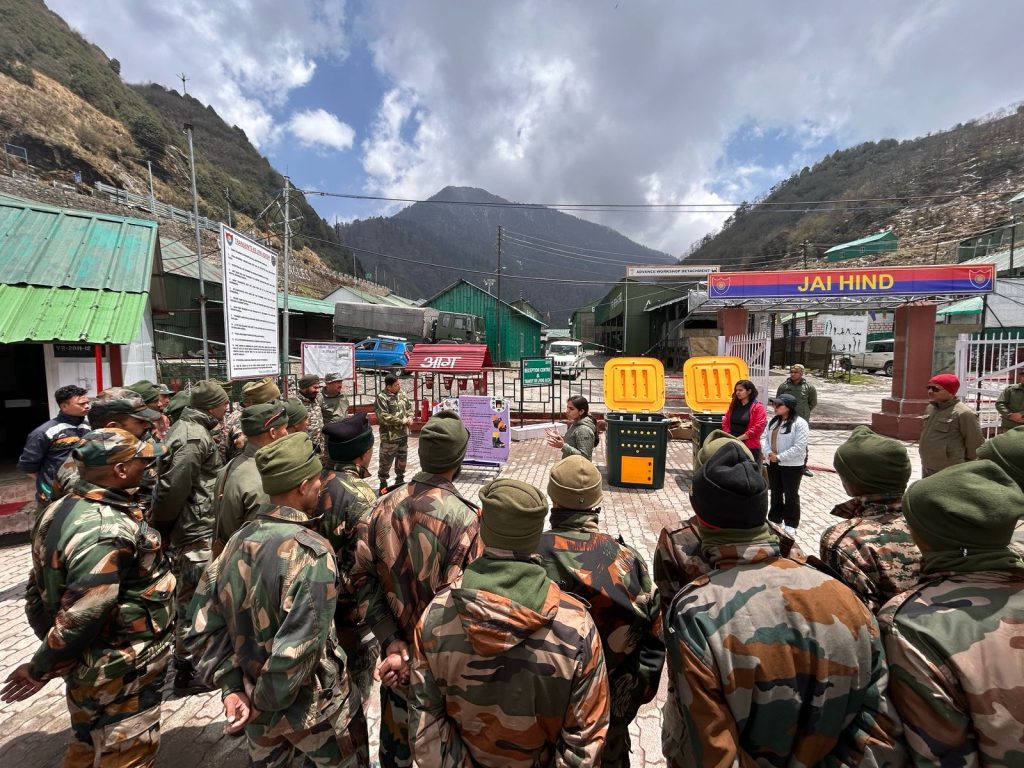

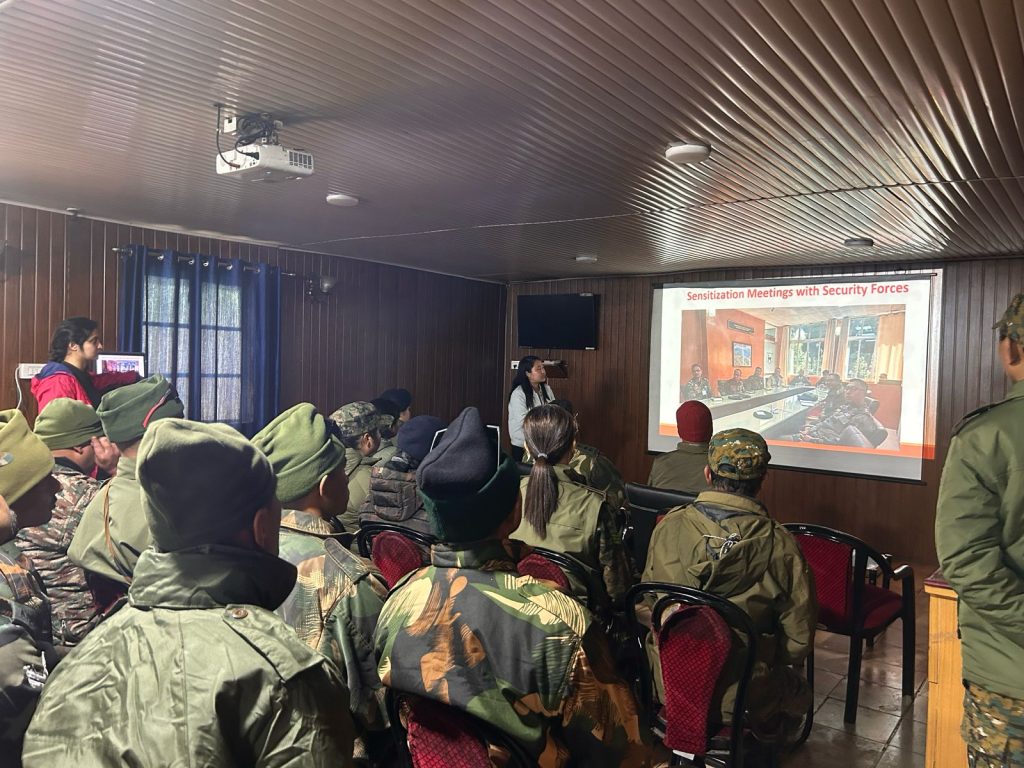
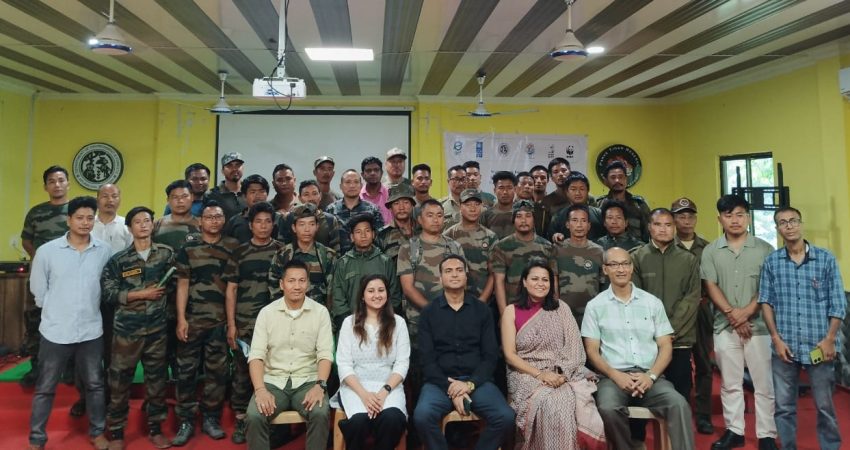
Capacity building workshop on small wild cats at Pakke Tiger Reserve
Under the ongoing GOI-GEF project titled “Strengthening Conservation and Resilience of Globally Significant Wild Cat Landscapes through a Focus on Small Cat and Leopard Conservation,” a capacity-building workshop on small wild cat identification and awareness was conducted by the Global Tiger Forum (GTF) in collaboration with WWF-India and Pakke Tiger Reserve at Pakke, Arunachal Pradesh, on 22 April 2025
The workshop was attended by officials of Pakke Tiger Reserve and community stewards.
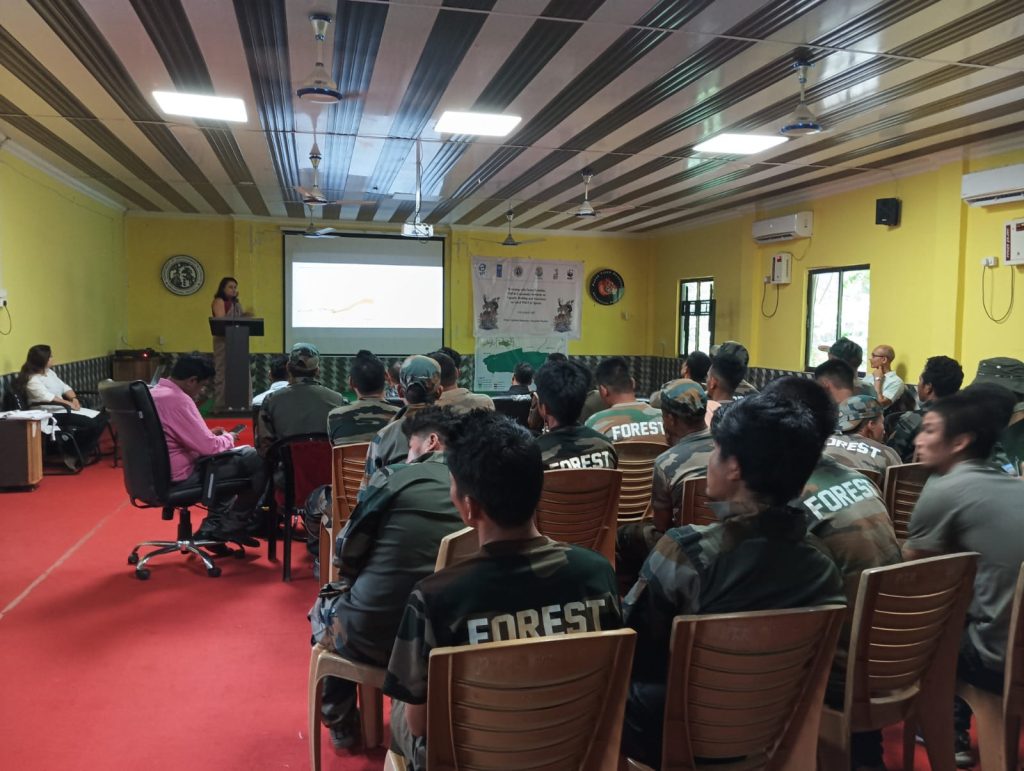
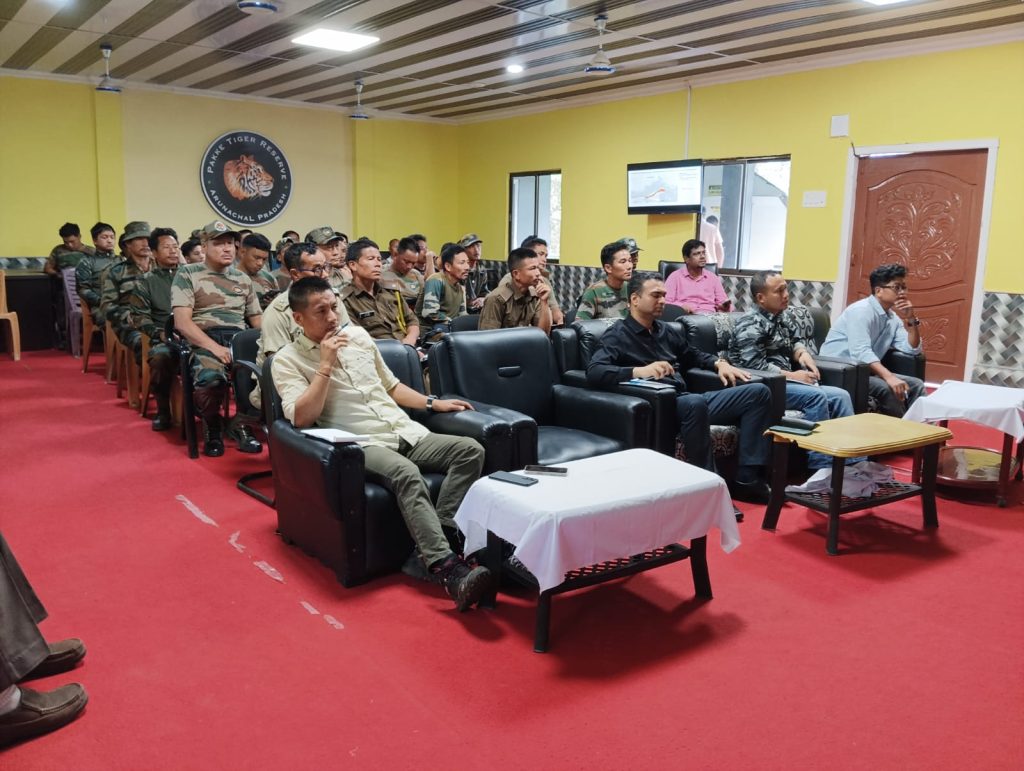
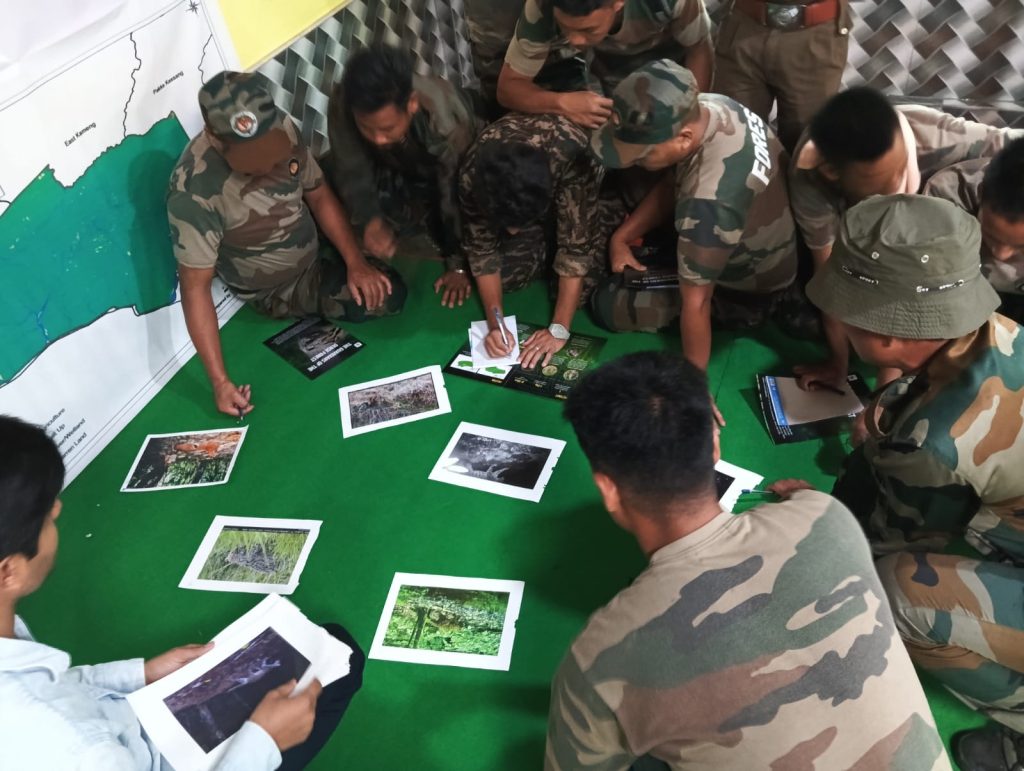
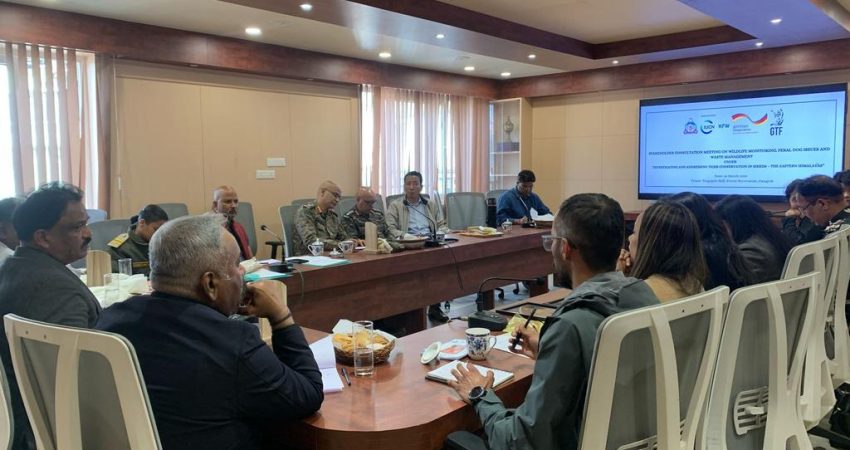
Stakeholder consultation meeting on wildlife monitoring, feral dog issues, and waste management
Global Tiger Forum (GTF), in collaboration with the Forest and Environment Department, Sikkim, held a Stakeholder Consultation Meeting on Wildlife Monitoring, Feral Dog issues, and Waste Management on 18 March 2025 at Forest Secretariat, Gangtok, Sikkim. The Government officials from Sikkim Forest Department, security agencies, Animal Husbandry Department, WWF India, and GTF attended the said consultation.
The consultation aimed to raise awareness about the growing population of free-ranging dogs in high-altitude regions and their impact on biodiversity and improving food waste management practices, particularly in and around the camps of security agencies, in line with suggested Guidelines for managing waste in military & paramilitary Camps developed by the Forest Department under the GOI-GEF-Secure Himalaya Project (2024). The meeting also explored the possibility of collaboration on wildlife monitoring for enhancing coordination between the security personnel and the forest department for tracking and reporting wildlife movement.




The GTF and the Department of Housing and Urban Affairs entered into an MoU
A global first at the Advantage Assam Summit 2.0 – GTF signs a MoU with Dept. of Housing and Urban Affairs, Dept. of Environment and Forests on planning and development of “tiger towns” for ecological and economic well-being on the lines of Amrit Kaal ka Tiger Vision (Tiger@2047).
The focus will be on leveraging green investments, setting green normatives, conserving blue and green spaces, securing ecological corridors, enhancing green jobs and employment, promoting climate-smart solutions, with tiger and wildlife as the driving force for eco development
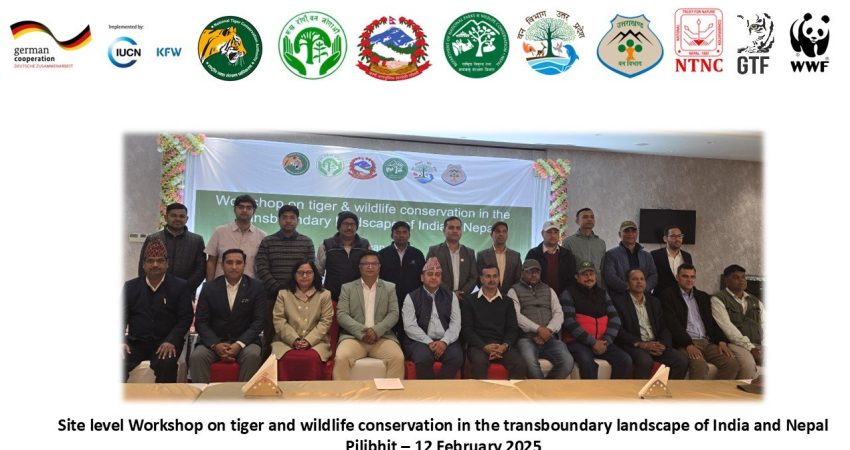
Transboundary consultation between India & Nepal
The NTNC Nepal, in collaboration with the Global Tiger Forum (GTF) and WWF-India organised a
transboundary workshop, involving participants from India and Nepal on the tiger and wildlife
conservation agenda, with a special focus on high altitude tiger and terai landscape from 10-12
February 2025.
The said workshop was organized across two consultations, with a senior officers’ meeting in New Delhi on 10 February 2025, and a site level workshop at Pilibhit, Uttar
Pradesh on 12 February 2025.
The main objectives of the transboundary workshop are as follows:
i) Share knowledge on wildlife hotspots and HWC across the transboundary region
ii) Identify key wildlife habitats, corridor and connectivity along the transboundary
high-altitude tiger landscape;
iii) Recommend transboundary actions for human-wildlife interface issues, and
iv) Generate evidence on designation of high-altitude tiger
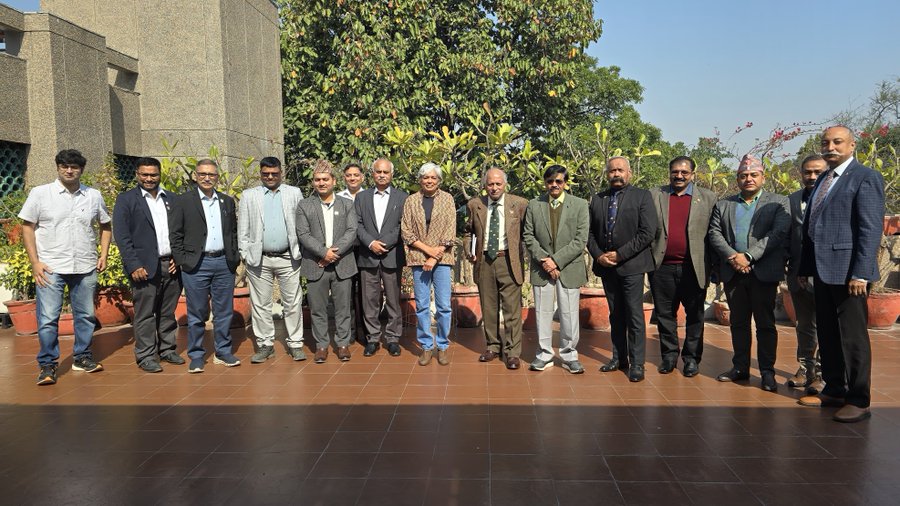
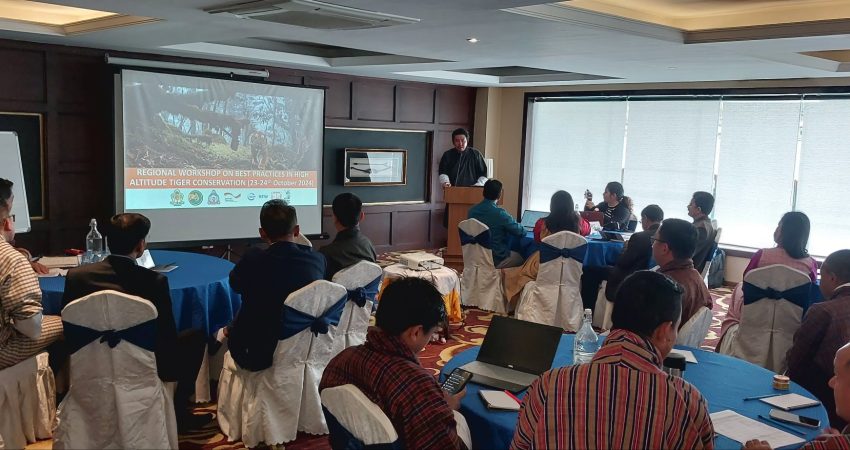
Regional Workshop on sharing knowledge and practices in High Altitude Tigers landscapes
A “Regional Workshop on Sharing Knowledge and Practices in High Altitude Tigers in Bhutan, India, and Nepal” was held on October 23–24, 2024, in Thimphu. The workshop was jointly organized by the Global Tiger Forum (GTF) and the Department of Forests and Park Services (DoFPS), Bhutan, with the aim of advancing conservation strategies for high-altitude tigers through enhanced transboundary collaboration.
The workshop was attended by delegates from Bhutan, India, and Nepal, including government officials, conservation experts, and representatives from various organizations. Presentations on findings and challenges from respective landscapes were delivered by country representatives.
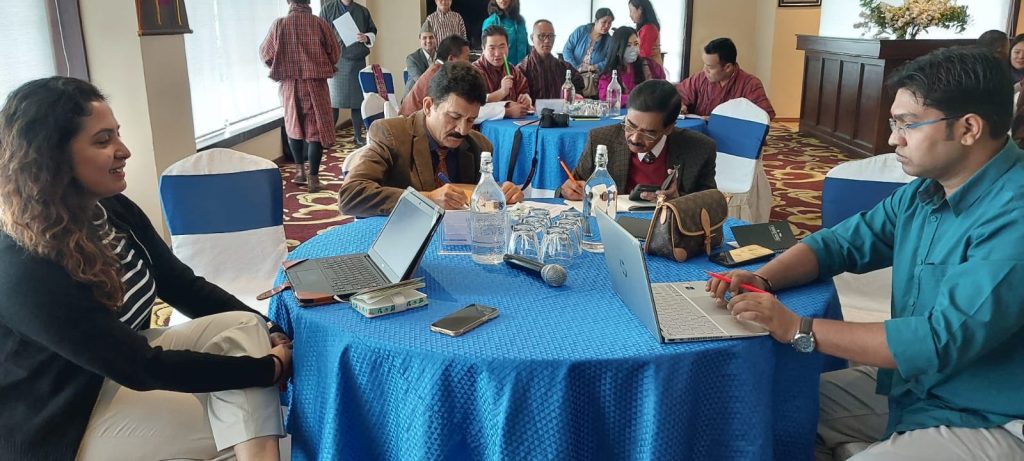
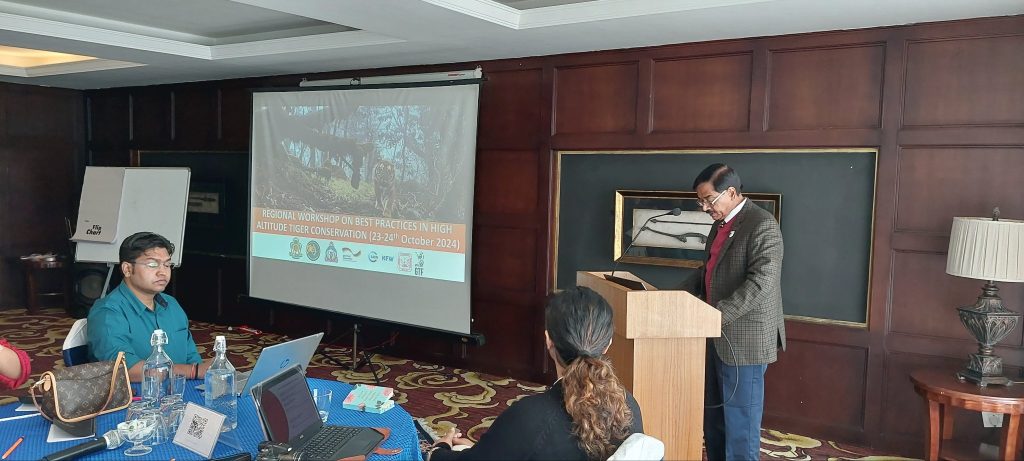

Addressing Tiger Conservation in High Altitude Tiger Landscape: Sikkim
The high-altitude landscapes have been serving as critical habitat for many wildlife species, however very little is known about tigers in these landscapes especially in Sikkim. The tiger has been categorized as “Endangered” under the IUCN red list. It is listed in “Appendix I” of Convention on International Trade in Endangered Species of Wild Fauna and Flora (CITES) and is protected under “Schedule I” of India’s Wildlife Protection Act, 1972 which provides it with full legal protection from hunting as well as trade. The increasing record of presence of this charismatic species, in the recent past, and increasing anthropogenic pressures in these areas including rapid development, linear infrastructures, hydro-power projects, and natural resource dependency of the locals, at the same time, makes it necessary to understand this landscape better and build the capacity of local authorities and the communities residing in the vicinity of these protected areas of the landscape. This is important not only for conserving the tiger, its prey and habitat but also for communities.
Under the ongoing project “Investigating and Addressing Tiger Conservation in Sikkim – the Eastern Himalayas” project, supported by IUCN’s Integrated Tiger Habitat Conservation Programme (ITHCP) and funded by the German Cooperation via KfW Development Bank, the Global Tiger Forum (GTF) aim to assess and understand the landscape better and implement focused and site-specific interventions for conservation of the tiger, co-predators, and prey.
Assessing the landscape for better and focused interventions: uncovering the unknown
The Global Tiger Forum (GTF) has installed double sided camera traps at 30 locations in Protected and non-protected areas of Eastern Sikkim to understand movement and presence of tigers and other wild animals. A similar, exercise is being carried out in northern Sikkim as well. These camera traps have revealed the presence of tigers and some other elusive species in non-protected areas for the first time. These cameras have recorded tiger, Clouded leopard, golden cats, and other meso-predators and prey species. Collection of direct and indirect evidence of the wild animals is being recorded along with habitat assessment.
Efforts are being made to understand the potential route connecting the Protected Areas (PAs), and non-PAs, both within the State, inter-state and transborder regions (Indian side). The stages of transformation and identify areas for focused conservation actions.
Building Capacity for better monitoring:
Building capacity of both the forest frontline staff and community monitors is crucial for monitoring the species and the habitat in a better way. The GTF team conducted four (4) capacity building workshops for monitoring and data collection. Around 114 staff and local communities have been trained so far including 71 men and 43 women. These staff and local communities are further engaged in the ongoing camera trapping and sign survey exercises. Involving the local community in such trainings, monitoring, and conservation gives them valuable skills and a sense of ownership and making them guardian of the landscape while also securing their support in better conservation efforts.
Human Wildlife Conflict and livelihood
The proximity of the villages to PAs and movement of wild animals in non-PAs increases the chances of human wildlife conflict with agricultural fields and livestock making an easy food availability for such wild animals. Several, discussions, and consultations have been carried out to zero down on the sites for implementation of human wildlife conflict mitigation measures. A pairwise understanding i.e., site v/s species, crop v/s species, livestock v/s species have been made to implement species specific and site-specific mitigation measures which includes greenhouse, chain-link fences with RCC base, and electric/solar fences. With reduced crop loss, fewer livestock casualties, and greater security for families, the community will find new ways to thrive alongside wildlife.
Sikkim became the first 100% organic state of India. To further strengthen the market for organic commodities and ensuring effective income generation, a systematic plan of investment, establishing grassroot institutions to manage this produce with due capacity of producers and stakeholders in market led extension would be the key to achieve profitability in market. The project further aims to provide market linkage to such produces through the existing and new Farmer Producers Organisations (FPOs) while engaging the social enterprises. This pilot initiative will further add to the economy of local people and open opportunities to access regional, national, and international markets.
Disclaimer: This project is supported by IUCN’s Integrated Tiger Habitat Conservation Programme, funded by the German Cooperation via KfW Development Bank. The contents of this article are the sole responsibility of GTF and do not necessarily reflect the views of IUCN, the German Cooperation or KfW.
IUCN Save Our Species: https://iucnsos.org/ ;
KfW Development Bank: https://www.kfw-entwicklungsbank.de/International-financing/KfW-Entwicklungsbank/

Bhutan-India-Nepal transboundary meeting on small wild cats
Under the ongoing GOI-GEF project titled “Strengthening conservation and resilience of globally significant wild cat landscapes through a focus on small cat and leopard conservation”, a two day transboundary meeting was conducted by Global Tiger Forum and MoEFCC in association with UNDP-India in New Delhi, India on 11-12 January 2024. The Said meeting was attended by the Government officials from Forest and Park Services, Nature Conservation Division, and Forest Monitoring and Information Division, Bhutan; DNPWC, NTNC, and Chitwan National Park, Nepal; MoEFCC, NTCA, WCCB, WII, Uttar Pradesh Forest Department, and Meghalaya Forest Department, India. Representatives of IUCN-India, UNDP-India, GTF, WWF-India, CCMB, WTI, SACON, and GGS Indraprastha University also attended the meeting.
The meeting was focused on the Status of stressors in the three countries, Stakeholder engagement, Community involvement, Action Plan development, and Funding & Resource mobilization among others relating to small wild cats (mesopredators) conservation.



Investigating and Addressing Tiger Conservation in Sikkim
The state of Sikkim, characterized by a wide variety of ecosystems, ranging from sub-tropical forests to alpine meadows, is one of the most significant biodiversity hotspots, harbouring a diverse array of wildlife.
Recent camera trap surveys have provided evidence towards the presence of most charismatic species “Tiger” in the state. Presence and movement of tiger, usually on a seasonal basis, is also reported by locals of northern and eastern regions of Sikkim. It is likely that the tigers may have always occurred in Sikkim, however, very little is known on their status, distribution, and their migration routes (inter-state, intra-state, and trans-border). Evidence of tiger presence across the Eastern borders (in Bhutan) further highlight the importance of safeguarding transboundary forest linkages. The tiger has been categorized as “Endangered” under IUCN red list. It is listed in “Appendix I” of Convention on International Trade in Endangered Species of Wild Fauna and Flora (CITES) and is protected under “Schedule I” of India’s Wildlife Protection Act, 1972 which provides it with full legal protection from hunting as well as trade.
During the last two centuries, the tiger population has been declining due to increasing anthropogenic pressures, viz. forest fragmentation, fuel wood collection, poaching and illegal trade, and other reasons. The state of Sikkim is not an exception to these anthropogenic pressures. The State, being a critical corridor for the majestic Big Cat in the Eastern Himalayas, and with increasing anthropogenic stressors, tiger conservation in Sikkim has become more pertinent for preserving the genetic diversity and long-term survival of tiger and its prey.
To understand and address these challenges in Sikkim, the Global Tiger Forum is implementing a project supported by IUCN’s Integrated Tiger Habitat Conservation Programme, funded by the German Cooperation via KfW Development bank titled “Investigating and Addressing Tiger Conservation in Sikkim – the Eastern Himalayas” . The project will be implemented in Khangchendzonga National Park (KNP), Shinba Rhododendron Sanctuary, Pangolakha Wildlife Sanctuary, Kyongnosla Alpine Sanctuary and reserve forests Lachen, Lachung, Chungthang, Phodong, Kabi, Tingda, Lagyap, Yali, Latui, and Phadamchen.
The overall project objective is to establish and standardize protocols for tiger monitoring and research in the state, reduce human-wildlife/ human-tiger interface, increase the overall household income of the local community; strengthening institutional capacity and maintaining effective monitoring and patrolling regime, while also maintaining the sanctity of the environment.
The project will focus on assessment and monitoring of species and its habitat including corridor (within Sikkim, Sikkim-West Bengal state border and Sikkim-Bhutan international border); strengthen the capacity of the forest personnel towards tiger conservation and its monitoring by imparting tiger specific training to atleast 100 forest officials/frontline staff and by providing protected area infrastructure i.e., portable patrolling camps along with safety gear in atleast three locations. The project will address ongoing human wildlife conflict issues, by installation of solar fencing in atleast five sites and other appropriate HWC mitigation measures, while also addressing issues related to feral dog impact, and possible spread of zoonotic diseases. The project will also provide opportunities for sustainable livelihood by promoting ecotourism, nature guide training, providing market linkage and value addition to local produce, which simultaneously supports community development and reducing forest dependency of the community.
Disclaimer: This project is supported by IUCN’s Integrated Tiger Habitat Conservation Programme, funded by the German Cooperation via KfW Development Bank. The contents of this article are the sole responsibility of GTF and do not necessarily reflect the views of IUCN, the German Cooperation or KfW.
